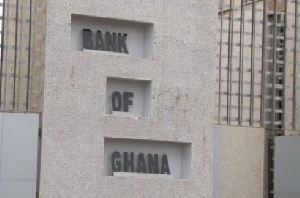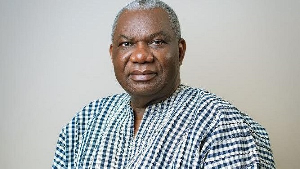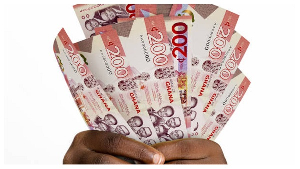The central bank’s fast pace of monetary policy easing is expected to slow down this year on the account of high inflationary pressures, Groupe Ndoum (GN) Research has forecasted.
The Monetary Policy Committee (MPC) of the Bank of Ghana last year reduced the policy rate by a cumulative 550 basis points with the trend tipped to continue into 2018, but GN Research is forecasting a slow-down in the rate of reduction.
At the first MPC meeting for 2018, the central bank stayed the policy rate at 20 percent – citing a rise in inflationary pressures, the same reason GN Research is attributing in its forecast released last week.
“World inflation is expected to increase, reflecting higher prices of oil and other goods and services. This should be reinforced in the case of Ghana by the expected depreciation of the local currency. This means that the drop in cost of borrowing will be slower than experienced last year, and the calls by industry for a substantial decline in interest rates may not occur in 2018,” the research firm said.
According to GN Research, the United States of America, especially, is expected to record increased inflation pressure in 2018. Also, the expected weak performance of the dollar should translate into stronger performance of the British pound and euro, due to increased substitutability.
“The Federal Reserve has already given indication that it will increase its rates throughout the year in a move to manage the inflationary pressure, and also to strengthen the dollar,” the research firm said.
The cedi recorded end-year depreciation of 5.15 percent, 14.83 percent and 19.38 percent against the US dollar, the British pound and the euro respectively in 2017, compared to 10.68 percent, -7.48 percent and 7.37 percent in 2016.
In January 2017, the cedi lost 1.69 percent, 2.93 percent and 3.85 percent against the US dollar, the British pound and the euro respectively, relative to 0.19 percent, 5.11 percent and 4.09 percent recorded in the same period of 2018. On the whole, performance so far in 2018 is worse compared to 2017.
In 2017 crude oil prices increased by about 6.5 percent, reaching a high of US$61.17 in October and a low of US$45.45 in June. This helped in generating more foreign exchange to support the currency.
However, ex-pump prices went up by an average of 8 percent in 2017 – with an about-15 percent increase in transport fares. This notwithstanding, inflation fell by 3.6 percentage points in 2017 while the monetary policy rate fell by 5.5 percentage points over the same period.
During the year, inflationary expectations rose at certain points in time. But this was usually subdued by higher growth prospects, making it possible for the central bank to reduce the policy rate.
Economic growth was estimated to be 8.7 percent in 2017. This was on the back of consolidation of macroeconomic stability and improvement in the power crisis. Both the government and World Bank are projecting a lower economic growth rate in 2018 relative to 2017.
Government in the 2018 budget projected an overall growth rate of 6.8 percent, while the World Bank projected growth to be at 8 percent.
Business News of Monday, 12 February 2018
Source: thebftonline.com

















